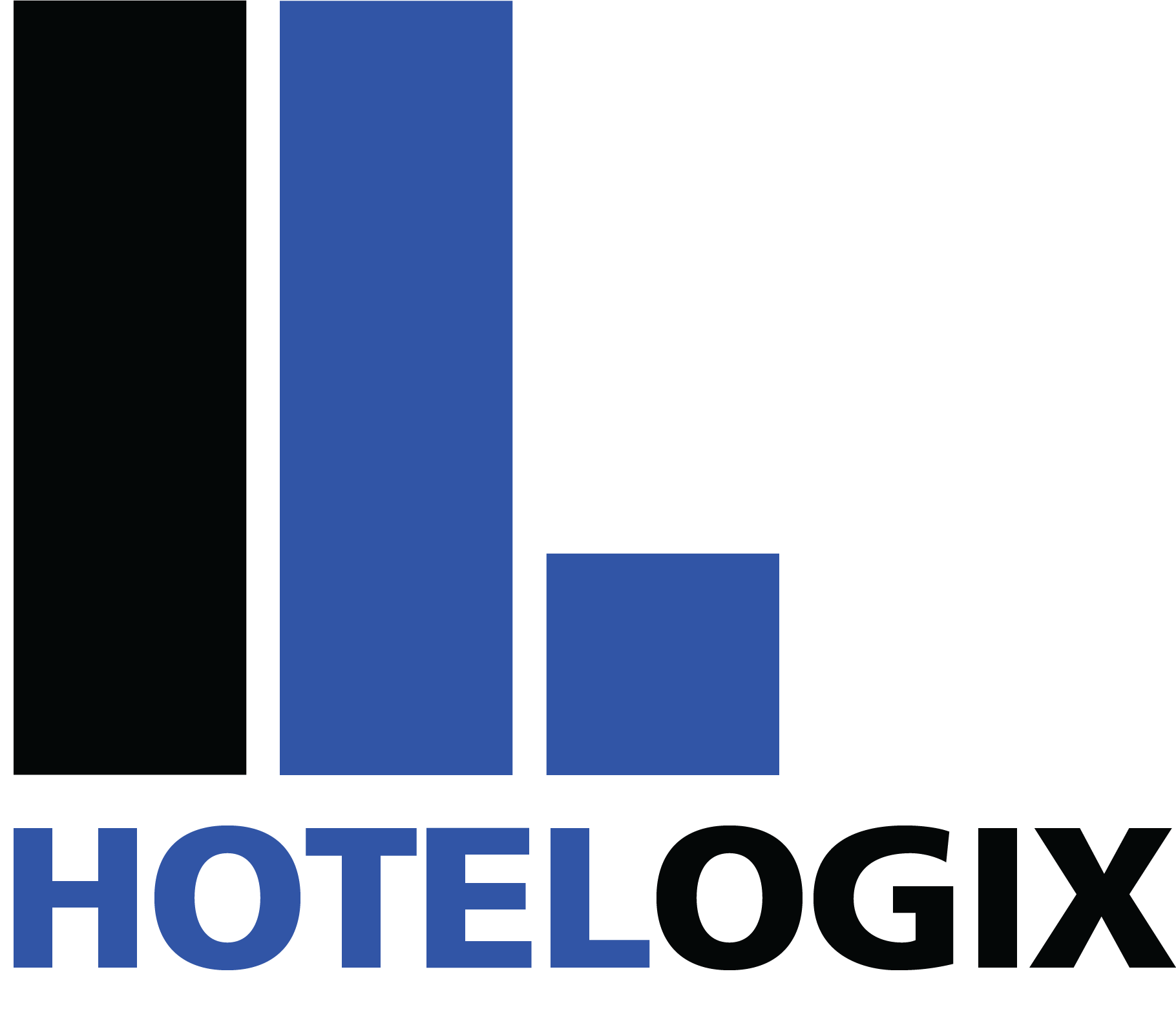 While there’s overwhelming support for revenue management and its benefits, hotel administrators aren’t always in agreement when it comes to picking the ideal index for measuring performance. Occupancy, the oldest and most commonly used metric, was quickly outgrown by hotels as the industry became more and more unpredictable – eventually, terms like ADR were introduced.
While there’s overwhelming support for revenue management and its benefits, hotel administrators aren’t always in agreement when it comes to picking the ideal index for measuring performance. Occupancy, the oldest and most commonly used metric, was quickly outgrown by hotels as the industry became more and more unpredictable – eventually, terms like ADR were introduced.
But in today’s digital era of minute reservations and sudden demand, even these basic indexes aren’t capable of doing the job. In fact, hotels that focus too deeply on improving the RevPAR could actually be making a very costly error! A high RevPAR isn’t always an indication of high profitability – that’s because there are several other factors to revenue management that this metric doesn’t account for, such as the CPOR (costs per occupied room) and additional revenue brought it by POS terminals.
We’ve compiled the most popular performance indexes used in hospitality today and we’ll attempt to dissect each in order to better understand how they could help in your strategic decision making. We’ve omitted basic metrics like occupancy and ADR here – do read all about them here if you’re not familiar with them!
RevPAR (Revenue per available room):
Total room revenue / Total rooms available
The most commonly used hotel performance metric today, the RevPAR provides managers with the average daily revenue generated per available room. While the metric effectively combines occupancy and ADR data to produce a more complete picture of a hotel’s performance, it does have its drawbacks. RevPAR doesn’t account for the costs involved in preparing rooms for occupancy (CPOR) or the additional income generated by other revenue centers such as the restaurant, bar, spa and so on. RevPAR can vary widely across markets and is best thought of as a time-based snapshot of the hotel’s performance.
GOPPAR (Gross operating profit per available room):
Gross operating profit / Total rooms available
Defined as the total daily gross operational profit generated per available room, the GOPPAR is a derivative of RevPAR. The gross operating profit is determined by calculating the total revenue generated and subtracting departmental and operational expenditure. Since it accounts for all expenses including fixed and variable, GOPPAR provides managers with a clear picture of the property’s profit potential and generally the metric better reflects management efficiency and the underlying value of the hotel.
MPI (Market penetration index):
Hotel occupancy % / Market occupancy %
The market penetration index is useful for determining how a specific hotel’s occupancy numbers compare to the competitive set – it enables managers to deduce the property’s share of a market set or tract. While this metric is great for understanding a hotel’s dominance in the marketplace, it’s not the best index for measuring performance as a whole as it doesn’t account for revenue at all. Hotels that drop rates may boost their MPI but suffer from lower a reduced RevPAR and consequently, lower GOPPAR.
ARI (Average rate index):
Hotel ADR / Hotel market ADR
Similar to MPI, this performance index measures how a specific hotel’s average daily rate compares to a competitive set. An ADR index of 1 typically signifies a fair share of the ADR as compared to the aggregated group of properties that the market is comprised of – an index greater than 1 represents a better than average share while a figure below 1 indicates below average performance. The metric helps managers get an idea of their hotel’s rate performance in the market, and whether prices can be increased or lowered.
RGI (Revenue generation index)
Hotel RevPAR / Market RevPAR
Another comparative index like MPI and ARI, the RGI measures how the hotel’s RevPAR compares to other hotels in the competitive set. The metric accounts for the property’s fair market share within their segment – be it a competitive set, market, sub-market etc. An index of above 1 is ideal, anything lower suggests that competing hotels are outperforming your property. The metric helps managers determine whether costs need to be lowered or if rates need to be boosted.
ARPAR (Adjusted revenue per available room)
[(Hotel ADR – CPOR) x Occupancy] + POS Revenue
The adjusted revenue per available room or ARPAR is the cumulative total of revenues generated by all the hotels operating departments including upselling efforts with all operational expenses subtracted, divided by the total number of available rooms during the period. Put forward by industry expert Ira Vouk, the metric is ideal for helping managers derive a clear picture of the hotel’s overall financial performance since it accounts for costs as well as additional revenue generated.
It’s hard to underplay the significance of revenue management in today’s modern setting. With new segments of travelers emerging all the time and spending patterns constantly fluctuating, the once simple industry seems to be growing in entropy with every passing year. And it’s no surprise, really.
We live in a digital area, where almost all travelers are equipped with their own smartphone enabled guides, planners and can even book rooms on the go. OTAs, ever hungry to maintain their dominance, spend exorbitant amounts of money to optimize and market their services – guests today can pick and choose from dozens of rooms and make a booking for the same day!
Counter-intuitive as it may sound, in such a highly fragmented marketplace where OTAs generate the most bookings, filling up rooms is proving to be an expensive affair for independent hotels. Improving the bottom-line without impairing the guest experience is now an important issue for owners and as a result, revenue management has made its way to the forefront of strategic business planning.
—


